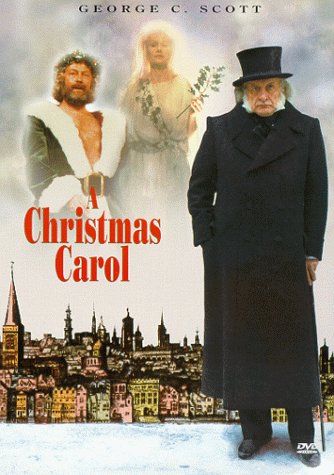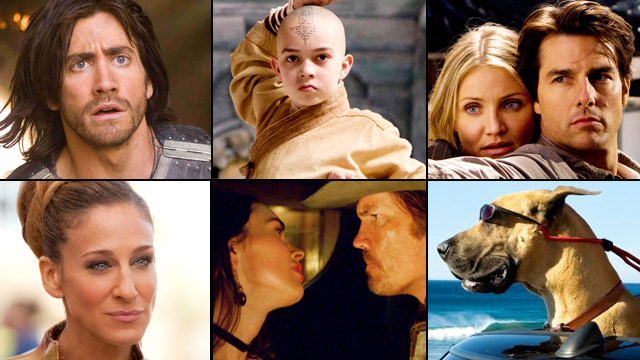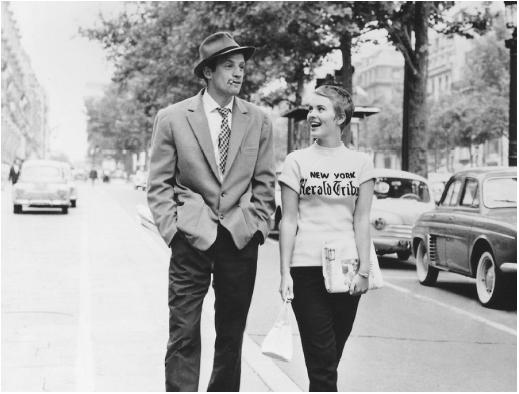 By Lars Trodson
By Lars Trodson
Photos by Joan McCabe
The bus careened down Adam Clayton Powell Jr. Boulevard in Harlem. I would guess we were at 135th street, and I was looking into the lighted windows of the apartments, just as I did when I came in on the bus to New York on the way to school more than 30 years ago.
It was a cool crisp night, and we lurched into the Port Authority Bus Terminal at about 5:45 -- we were an hour late coming down from Providence -- and the Peter Pan bus pulled up to the gate and we all emptied out.
I walked down to the subway and got on the A train to go downtown to West 4th street and I sat next to three guys who were discussing a new haircut one of their members had just received. When I got on the train this new haircut was the first thing I saw. The back of this guy’s head, which was still glistening with product, looked vaguely like a tangled black fishing net with a bunch of crap caught in it.
The two other guys were telling the other guy who good he looked, but when New Haircut Boy got off at 14th street, one of other guys immediately said, “Dude looks
ridiculous.”

They were selling Christmas trees right there on 6th Avenue, right in front of the CVS as I crossed the street, which was full of revelers and movie-going people, and just a little while later I was at the Barrow Street Theatre watching Michael Shannon in “Mistakes Were Made” -- a shaggy-dog tiny little wisp of a play but during which Shannon doesn’t ever leave the stage or stop talking. It’s a 90-minute monologue, with one minor character coming on stage at the end, and Shannon pulled this thing off with more artistry than maybe the play itself deserved. Shannon, you may remember, played the disturbed son of Kathy Bates in “Revolutionary Road.” He was the only good thing in that disaster, and he was nominated for an Oscar.
The next day my friend Joan and I were walking up to Washington Square, and I pointed out that this was where I first saw some kids break dancing, this was back in 1979 or 1980, and it was the first time I had ever seen such a thing, and you knew you were looking at something completely new.
We saw some Santas drifting through the Square, more than one, these elves dressed up in such a way that made you realize they had no pretense of making children happy, and one of the Santa Claus’s, lighting up a cigarette, had dropped his hat. A woman came over and yelled, “Hey,
Santa, you dropped your hat!” and so Santa went laughingly back and she gave it to him and he and three or four other Santas stood on the corner smoking.
This was my introduction to SantaCon 2010, a five-year old tradition in which thousands of people dress up as the merry old elf and walk around the city in a free-style revel.
It was a few hours later when the entire city-wide congregation of Santas seemed to have drifted down to Greenwich Village, there were Santas coming in from every direction, many of them already on their way to some kind of yuletide nirvana, and they poured into a square tooting their horns and flirting and yelling and screaming and drinking out of cups and water bottles.
Suddenly everyone walking by had a smile on their face, and everybody took out their cameras and cell phones and videocams. Everyone was laughing, and there was a mixture of Santas like you have never seen in your life.
I don't want to bother distinguishing whether a man or a woman was a Santa or an elf helper, they were all Santas, no matter what their sex, on this day.
 By Lars Trodson
By Lars Trodson

























































